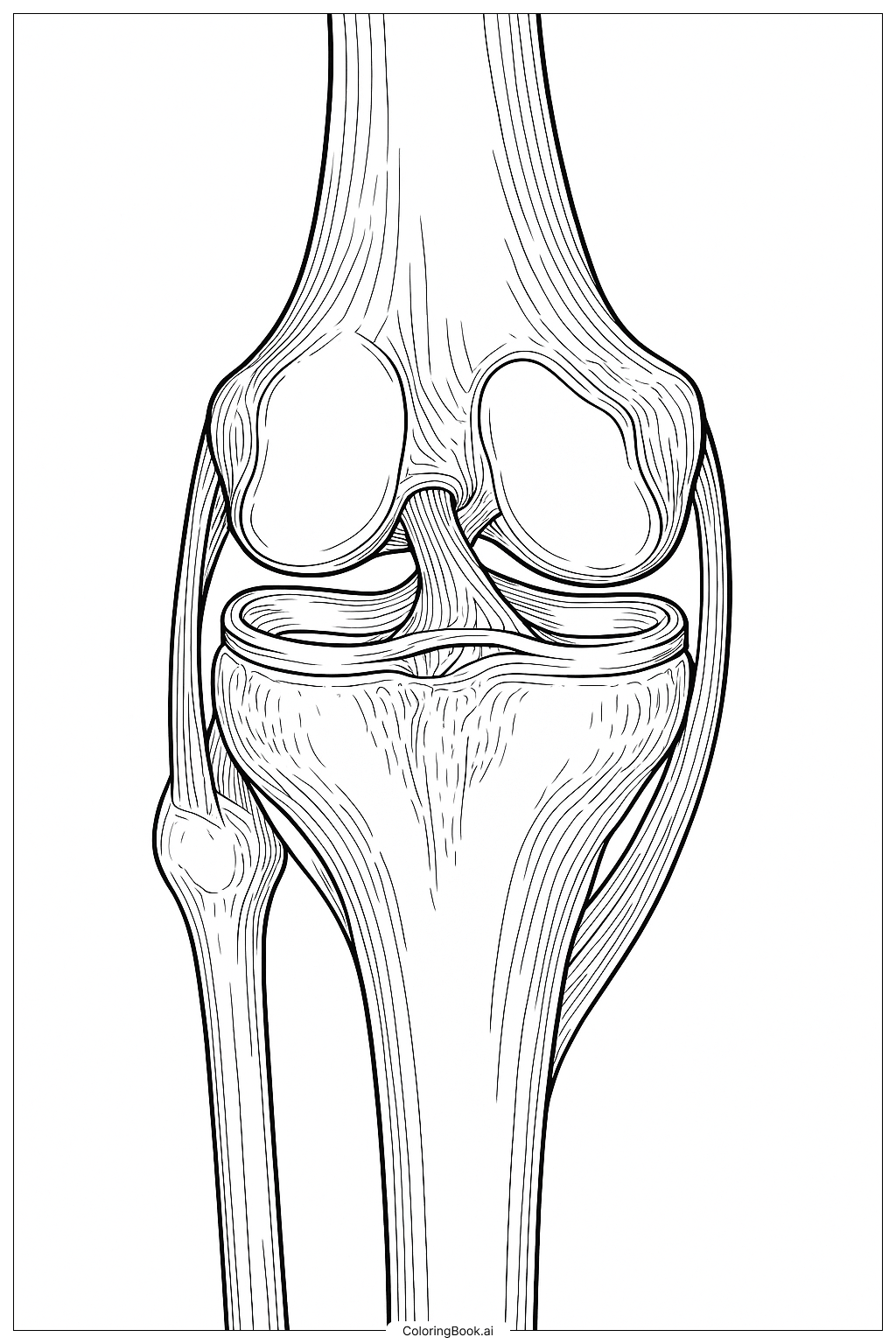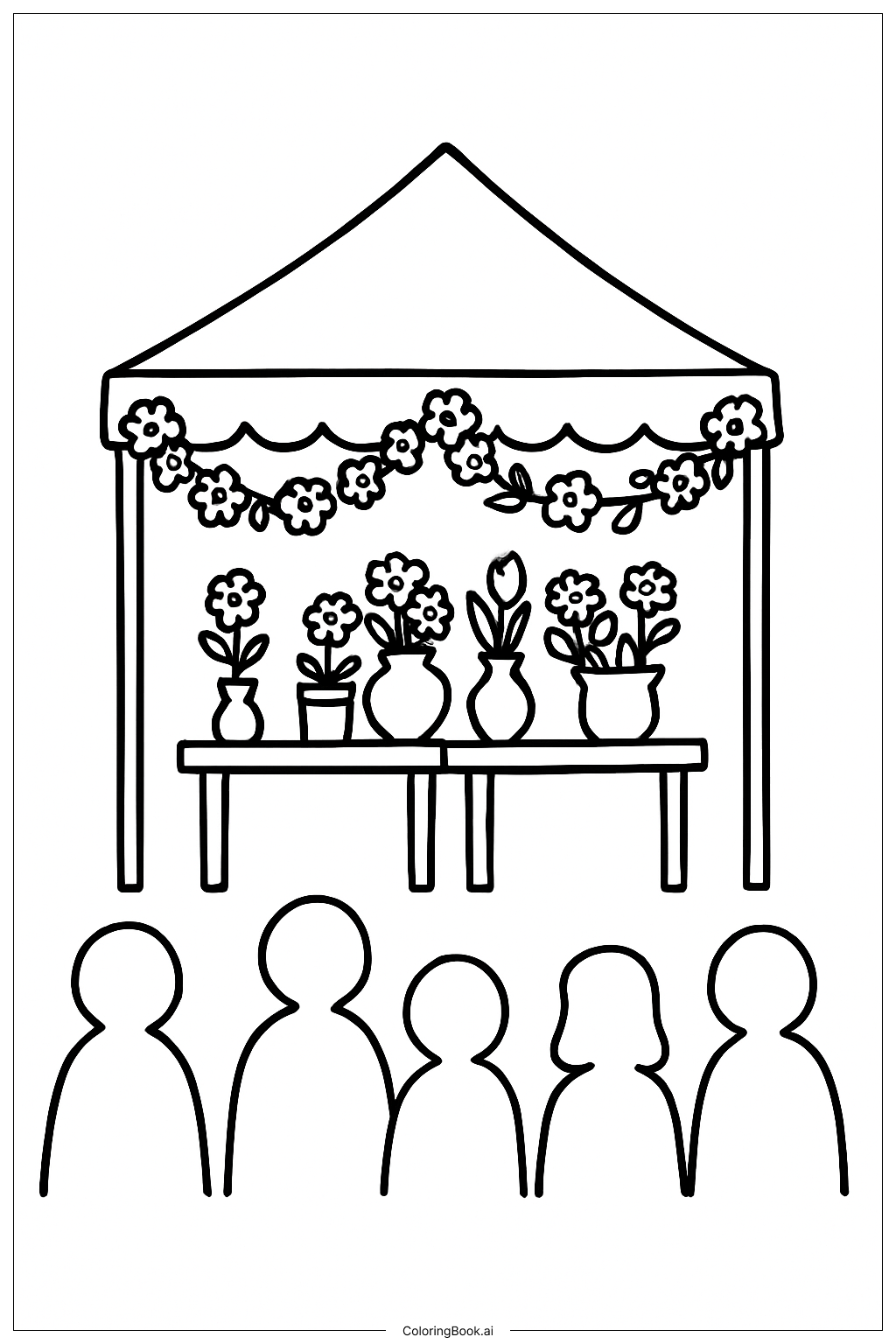Coloring tips: How to color The Urinary System Anatomy In Detail coloring page well?
Use different colors to separate each part of the urinary system. For example, color the kidneys red or pink to show their importance. The adrenal glands can be colored yellow or orange to stand out. The ureters can be light blue or green. Use blue shades for the renal veins to represent blood flow. Color the bladder a bright color like purple or red. The urethra can be colored in a matching tone. You can also use soft colors for the background to keep focus on the main organs. Try using light and dark shades for depth and texture.
Coloring challenges: Which parts are difficult to color and need attention for The Urinary System Anatomy In Detail coloring page?
1. The image has many small details inside the kidneys, which can be tricky to color smoothly. 2. The thin lines of the ureters and urethra need careful coloring to avoid coloring outside the lines. 3. The background textures have many tiny shapes that require patience to fill in. 4. Different parts touching each other may need staying inside lines to keep colors separate. 5. Using light and dark shades to show depth can be hard but rewarding with practice.
Benefits of coloring books: Advantages of drawing The Urinary System Anatomy In Detail coloring page
Coloring this page helps children learn about the urinary system in a fun way. It improves their focus and hand-eye coordination. Coloring small details trains fine motor skills. It also encourages curiosity about how the body works. Completing the page gives a sense of achievement. Overall, it blends art with science, making learning exciting and interactive.








